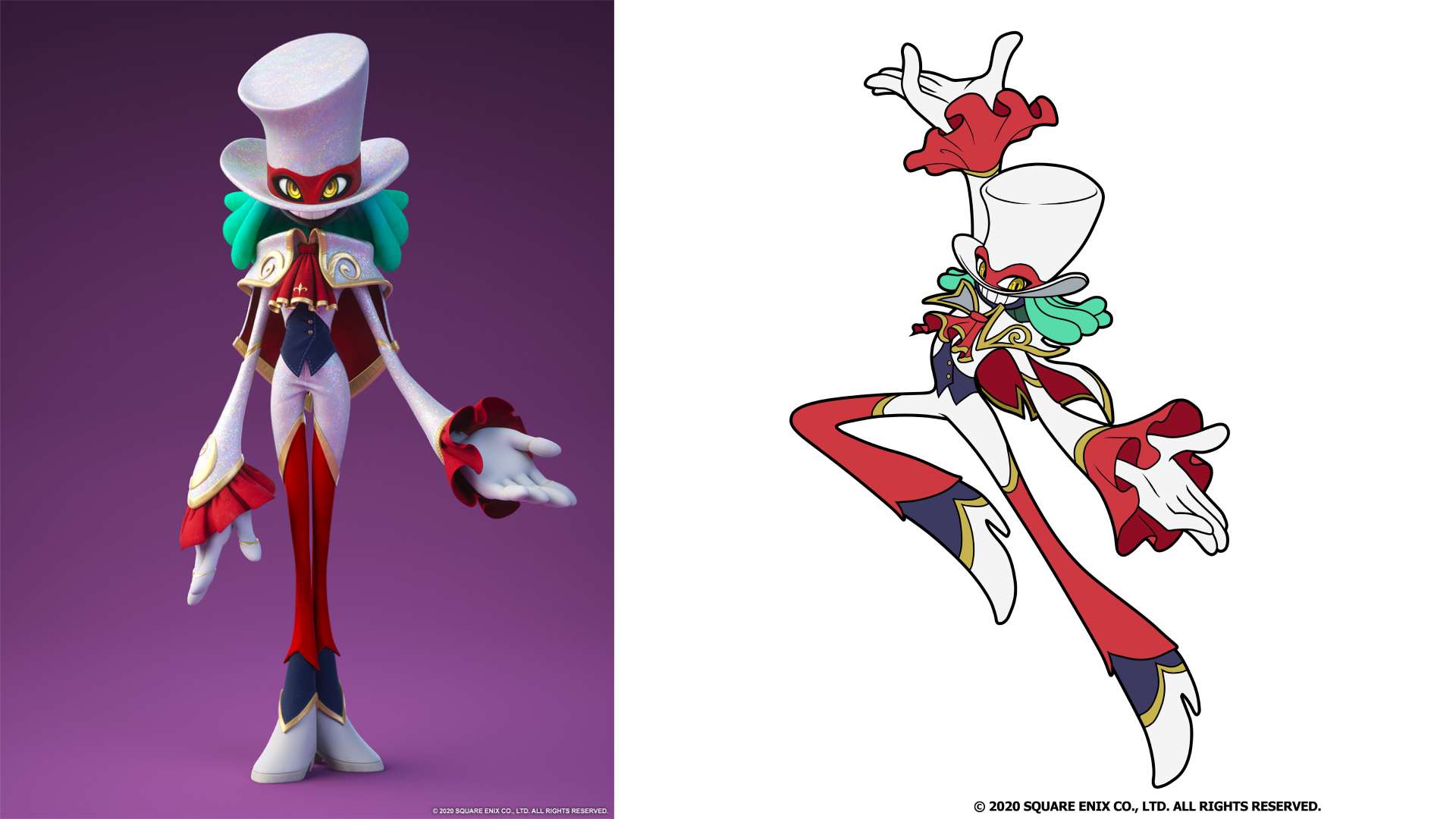

I particularly enjoyed how the warping concavity of the surreal chess world encouraged the use of costumes that could glide long distances. The giant tree level, with its vertiginous drops and well-disguised grapple points, is a mid-game highlight.

But by the fourth or fifth world you've moved well beyond costumes that merely let you jump a bit further and the level design itself ramps up accordingly, offering a more intricate and sophisticated challenge. Admittedly, things take a little while to warm up-the early levels are intentionally quite basic, since you have access to only a few costumes. Greater variety and flexibility, something that beefs up the costume department to feel truly transformative, would be welcome.Įxploring a world is thus less about the sheer delight of physically navigating the space, and more about enjoying how the various costumes and abilities come into play. You don't really feel like you're playing as a muscular wolf when you don the costume, nor do you feel like you're playing as a skittering spider you're just the same boy or girl who can now spin into enemies or climb walls. And another handful have only limited special-case uses or are sadly under-utilized.

The costume that lets you break large blocks is basically the same as the other costume that lets you break large blocks. And it's testament to the strength of the design that, for the most part, the levels support playthroughs with varied combinations of equipped costumes. The sheer number of costumes is remarkable, and the range of abilities they deliver by the end of the game is surprising.

With seemingly so many options at your disposal, it's inevitable that compromises were made. Not to mention the bobbing chess rook who turns into a turret when you stand still, or the little lizard who can use its tongue as a grappling hook, or the marching band boy with a drum goofily strapped to his back. One moment you're controlling a muscular wolf with a spin attack, the next moment you've transformed into a spider who can skitter up any webbed wall. Your character can equip dozens of different costumes, each conferring a different (though not unique, as there are overlaps) set of abilities, requiring a different range of animations for running, jumping, and whatever else they can do. Perhaps the core design of Balan Wonderworld was asking too much. To put it kindly, mistiming or failing to land a jump doesn't always feel like it's your own fault. Jumping and judging distance feels sloppy and imprecise, mostly thanks to a stickiness of movement but also because, from time to time, the useful ground shadows cast by yourself and other objects will simply disappear. Your character will float slightly above the ground even when standing on a flat surface. There's a weird dissonance in the way it feels like you're moving too slowly while the choppiness of the simplistic animation gives the illusion of moving too quickly. The clumsy controls and character movement are the most persistent problem. Now Playing: Balan's Wonderworld Reveal Trailer | Square Enix Presents 2021 By clicking 'enter', you agree to GameSpot's


 0 kommentar(er)
0 kommentar(er)
